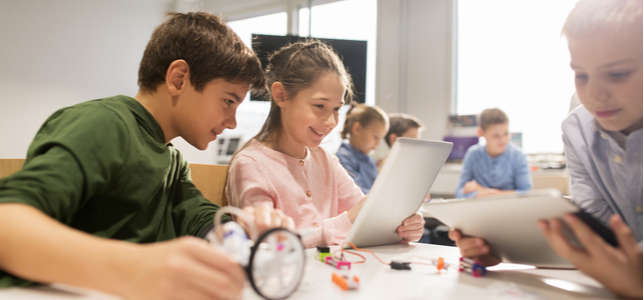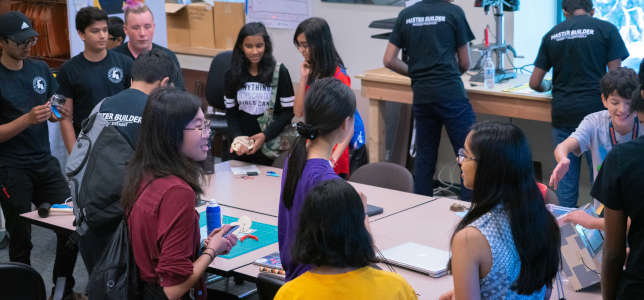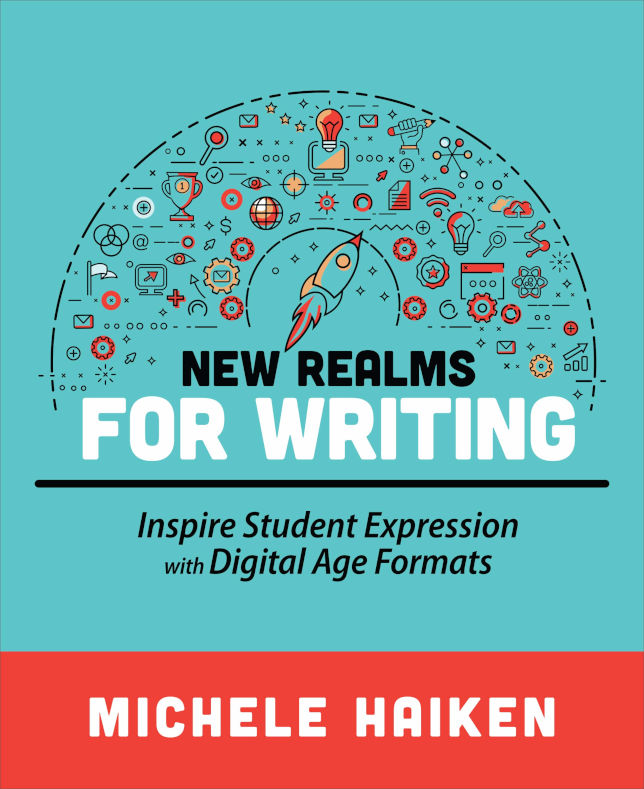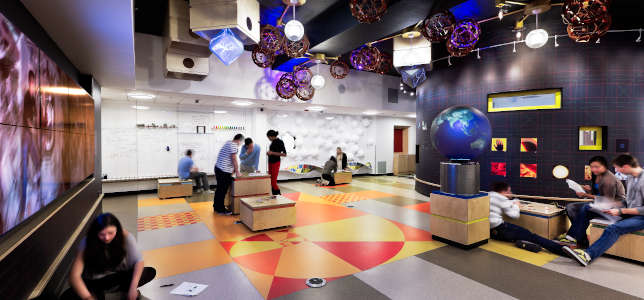
Make sure your district is covering the legal basics as you develop your remote instruction efforts.

As coronavirus changes life as we knew it, these education experts offer advice on how to make the transition to online instruction.

The learning and innovation in education never stops. Here's what 12 education technology experts and observers expect for the new year in K-12.
Could 2020 be the year of the voice? These voice experts think so.

Creating "gold-standard" project-based learning requires effective training (and more training), staying light on your feet and getting top leader commitment.

A Silicon Valley library’s quest to ignite innovation.

This middle school teacher has found ways to leave the old essay model behind and still help her students learn what they need to know.

Total immersion may be possible virtually, but it is not feasible in a school. Even if it were, it could not address some important educational principles as well as an actual physical environment. For example, school is a place for in-person student/student, student/educator and educator/educator collaborations that are essential to differentiated learning strategies.

With the focus on providing better services to students and teachers, the applications for Internet of Things is projected to grow exponentially in the K-12 setting, but questions are becoming increasingly apparent on how to protect school data under controlled conditions.

Managing communications can be a big job, but through a combination of outsourcing and sharing responsibility internally, districts can be ready for even the deepest crises.